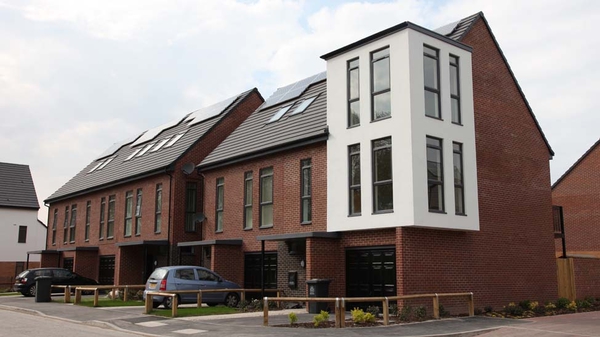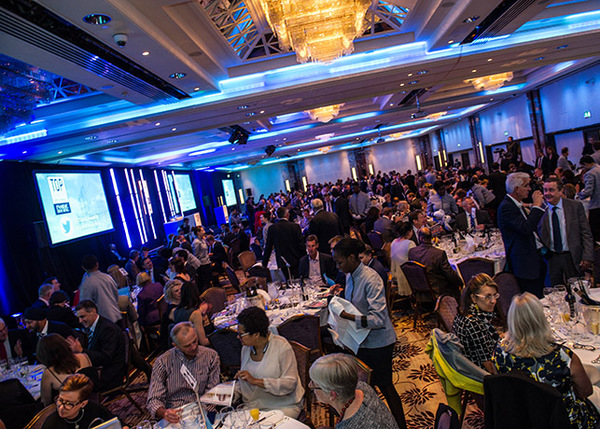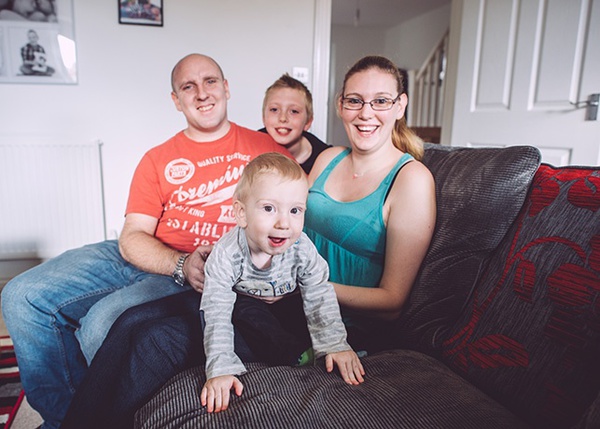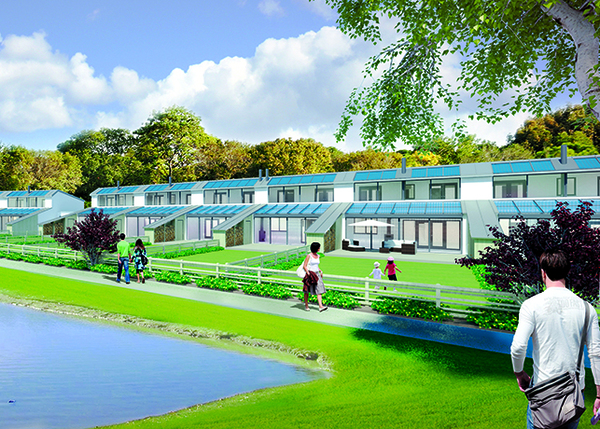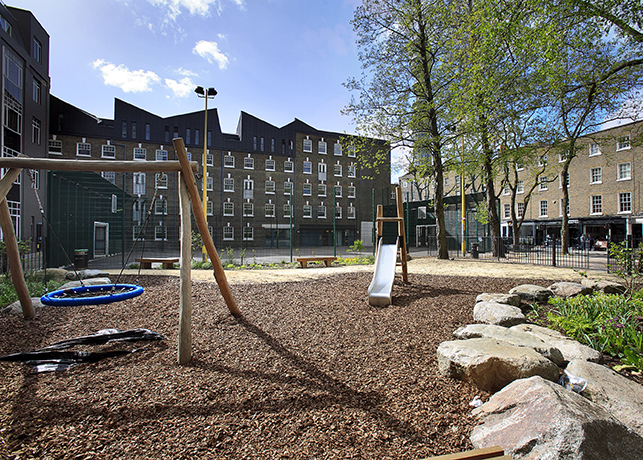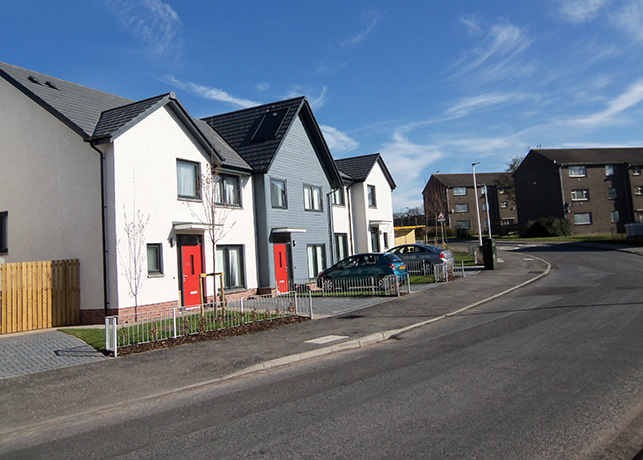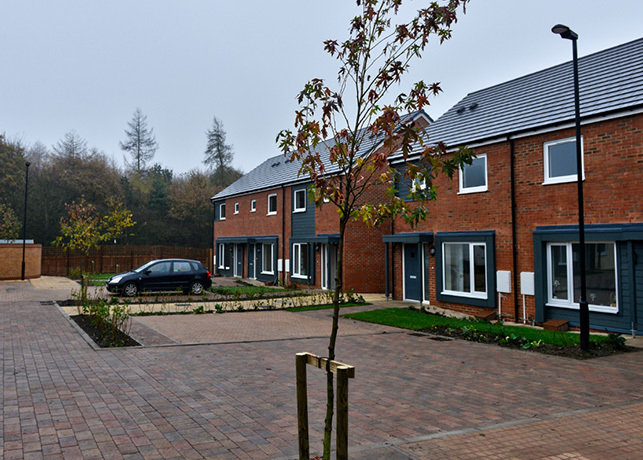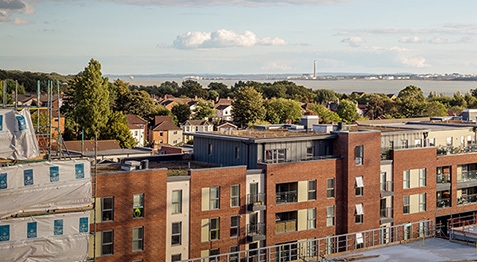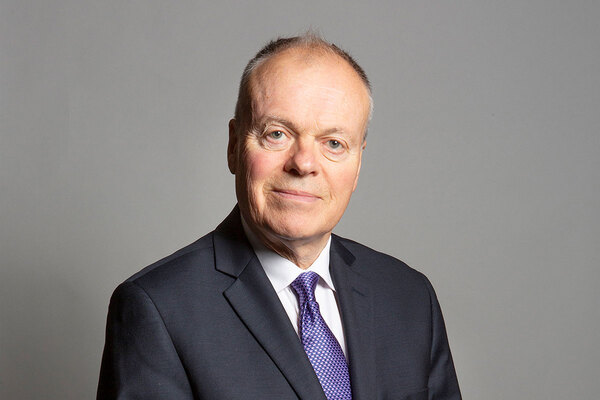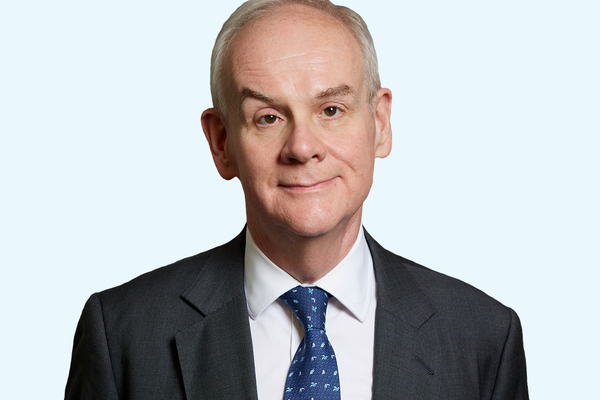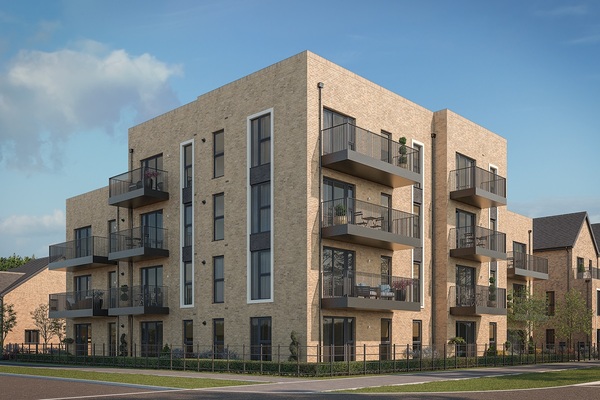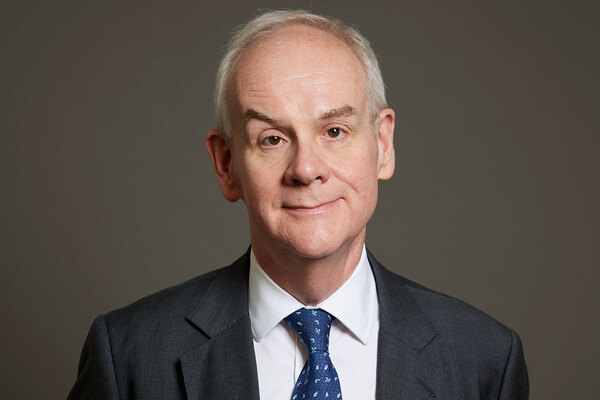Top 60 Developments: Affordable Housing Developments of the Year
Inside Housing is showcasing the best 60 developments of the last year. This year, our list is split into 10 categories of excellence which we will reveal over the next 10 weeks. To start us off, Michael Atherton reports on the best affordable housing developments of the year.
The judges
Brendan Sarsfield, chief executive of Family Mosaic and chair of the G15 group of London housing associations
Robert Grundy, head of housing at Savills
John Hocking, executive director of Joseph Rowntree Housing Trust
The judges will choose an overall winner in this category, to be announced on Friday 16 October in London

A word from our sponsor
The Affordable Housing Development of the Year category of the Top 60, which NHBC is delighted to sponsor, showcases some of the most innovative and interesting projects in the UK.
As we look at some of the best examples of developments by the sector, it’s worth a pause to consider that housing associations will play a significant role in helping the UK to build increased numbers of new, quality homes in the coming years.
At NHBC, we have an important responsibility in partnering with housing associations, not only in providing new home warranties to cover any structural defects, but also in helping to minimise risks by setting standards for house building, assessing land quality on brownfield sites, assessing designs and plans, and inspecting new homes throughout their construction.
In general, housing associations are regulated, financially sound, with large asset bases and good credit ratings, which make them attractive to financial markets.
But further changes in the regulatory environment are changing the game for housing associations, with increased pressure to reduce costs and deliver value for money.
This all means that management of risk is increasingly important for landlords, changing the way they plan and govern their businesses over the coming years.
However, we look forward to working with housing associations as they continue to make an important contribution in helping the country deliver an increase in the number of new homes that it desperately needs.
Mike Quinton, chief executive, NHBC


Centenary Quay
Number of homes in development: 1,620
Cost: £500m
“An excellent large-scale regeneration of a brownfield site.”
Robert Grundy, head of housing at Savills
The scheme: Built on a former contaminated site, this tenure-blind community on the banks of the River Itchen in Southampton makes a large section of the waterway accessible for the first time in over a century through
two public parks. One in four of the 1,620 homes are affordable.
In recognition of the immediate housing need in this area of Woolston, the developer Crest Nicholson Regeneration has scheduled the phases of the development so that homes are available quickly for local people: phase one was 44% affordable and phase two was 61% affordable. So far, 234 low-cost homes have been completed, including shared ownership and social rent. The scheme also includes commercial space, a library, a nursery and supermarket, creating more than 1,000 jobs.

Suffolk House
Number of homes in development: 13
Cost: £3.9m
“A highly creative scheme meeting the challenge of how to provide affordable housing in the heart of London.”
Robert Grundy, head of housing at Savills
The scheme: Suffolk House was originally bought by private developer Derwent London, which intended to convert it into private, high-end apartments in Fitzrovia, central London, out of which two would have been affordable homes. After its portfolio expanded, Derwent decided instead to make the entirety of this development affordable housing, and selected 6,000-home landlord Origin Housing as the provider.
The 19th century warehouse-style building has been converted into 13 new homes (seven affordable rent and six shared ownership), with a basement area offered to a local youth charity and a large space for play and sports directly opposite.
The development includes two large five-bedroom homes.

Cranbrook
Number of homes in development: 7,500 planned
Cost: £1bn
“Fantastic vision for a new town on the edge of Exeter.”
Brendan Sarsfield, chief executive, Family Mosaic and chair of the G15 group of London housing associations
The scheme: Cranbrook is a new town being built in Devon, the area’s first free-standing new community since the Middle Ages. To date, 1,000 new homes have been built and occupied, 3,500 homes have planning permission in place and by 2035 this will have grown to 7,500 homes housing some 20,000 people.
Planning for this East Devon District Council new town has been going on for about 20 years, during which time numerous partners have been involved. The first phase has been built by a joint venture including Bovis Homes, Hallam Land Management, Persimmon, Charles Church and Taylor Wimpey.
The first phase of the project is made up of 40% affordable housing, delivered by social landlords Sovereign and DCH. Of this, 10% are market sale homes built to a smaller square meterage in order to achieve a lower price. The rest of the affordable housing is a 70/30 split between social rented and shared equity. An applicant for affordable housing in east Devon can now be housed in six to 12 months instead of the previous wait of three to four years. The town has its own Facebook page, joined by 1,500 people, and set up by the town’s minister.

The Farmstead
Number of homes in development: 20
Cost: £2.2m
“Shows that developments can enhance bio diversity.”
John Hocking, executive director, Joseph Rowntree Housing Trust
The scheme: This Isos Housing project has been designed with the same layout as a traditional farmstead of this area, complete with ‘cottage gardens’.
A derelict nature reserve has been brought back to life, near to the 20 new affordable homes with rents set at 80% of market value in North Tyneside.
It includes a wide range of flora and fauna, such as newly introduced bee hives, and is already being used as an ‘outside classroom’ for local schools.
The homes are fitted with dual zone heating, meaning it’s possible to control temperatures in each room, which saves new residents up to £350 on heating costs.
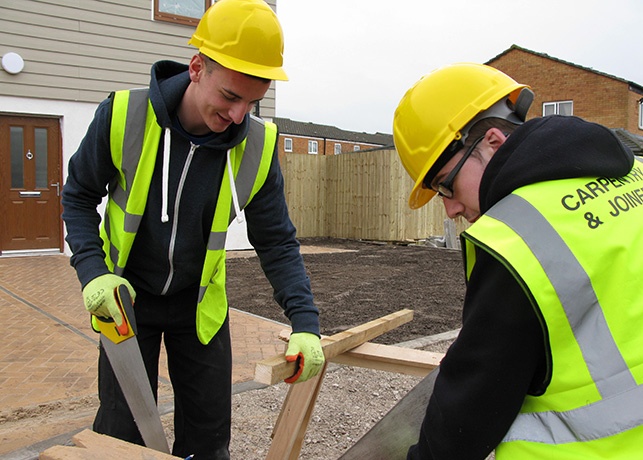
Kingsley Road
Number of homes in development: 32
Cost: £3m
“Demonstrates direct involvement and provides clear returns to the community; an essential ingredient of successful regeneration.”
John Hocking, executive director, Joseph Rowntree Housing Trust
The scheme: The phrase ‘building a community’ is taken unusually literally at this 32-home development in Liverpool.
Prospective owners for this shared ownership project by self-build organisation Housing People, Building Communities each volunteered for 500 hours on the building site, instead of having to raise £10,000 deposit. The housing will be managed by 100,000-home Sanctuary Group.
As well as making homes more affordable, this allowed future residents to meet their neighbours before they moved in.
The homes are on the site of a former school burned down by vandals.

Mill O Mains
Number of homes in development: 135 (70 more by September 2016)
Cost: £29.3m (for phases one to three)
“A great example of how to do estate regeneration and re-establish the community.”
Robert Grundy, head of housing at Savills
The scheme: Mill O Mains is a Dundee estate where residents used to live in fear of crime in poorly maintained, damp conditions. The Dundee City Council and Home Scotland project has redeveloped 16 vacant brownfield sites scattered around the estate.
Initially, 65 new homes (64 social rent, one shared equity) were built so that existing occupants of the estate could be decanted and their homes demolished to allow more building. A subsequent 42 houses for social rent, 26 houses for mid-market rent and two houses for shared equity were built. Phase three will deliver another 70 for social rent by September 2016.
UPDATE: 11.09.2015 10.23am
A number of errors have been corrected in the write-up of one of the Top 60 developments. The Farmstead was originally wrongly described as Dudley Farmsteads. It was said to be in Northumberland, and was said to only include bungalows.
